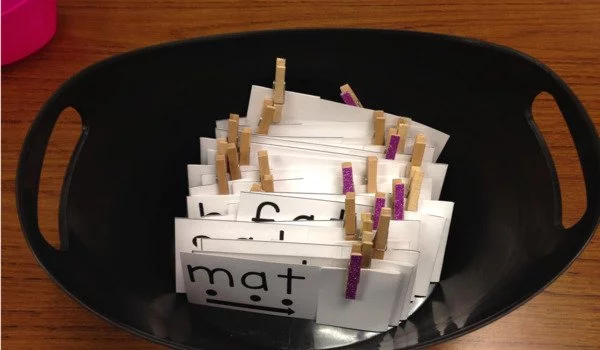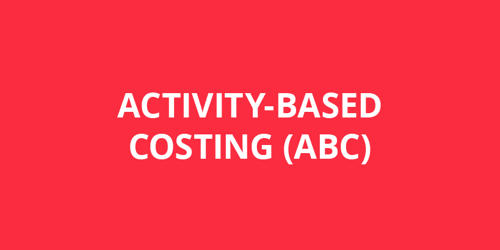AI plays a critical role in optimizing the manufacturing processes of perovskite solar cells, contributing to their efficiency, reliability, and scalability. Perovskite solar cells have received a lot of attention due to their high efficiency and low cost of production.
According to new research, practicing blending printed letter sounds can help struggling beginner readers (ages 4-5) learn to read. The use of synthetic phonics to teach reading to children in reception (ages 4-5) classes has resulted in higher achievement. According to a new study, extra assistance in blending the sounds in words is most effective in improving reading skills.
New research at Aston University has shown that extra practice in blending printed letter sounds can help struggling beginner readers in reception classes to learn to read.
Children in England learn to read through a system known as synthetic phonics, where they are taught the sounds of letters, ‘phonemes’, and how these sounds are written, ‘graphemes’. For example, ‘my’ and ‘lie’ have the same phoneme at the end, but different graphemes. Pupils learn to identify graphemes, match them with phonemes, and blend the phonemes together to form the sound of the complete words (for example c-a-t = “k – æ – t” = “cat”). This is known as blending. To learn successfully in this way, children need ‘letter sound knowledge’ (LSK) – awareness of the sounds represented by letters/graphemes and ‘phonological awareness’ (PA) – the awareness of individual sounds in words.
Many teachers already provide extra assistance to struggling readers in reception, and they frequently provide assistance with learning letter sounds. Although practicing letter sounds is beneficial, our research suggests that giving children extra practice sounding out the letters AND blending the sounds together to make a word is more beneficial.
Dr. Laura Shapiro
While phonics has been shown to improve children’s reading achievement, many teachers are unsure of what additional support is most beneficial for those who are still struggling. They will frequently provide additional LSK training by using flashcards with each letter or letter combination.
The new study, led by Dr. Laura Shapiro of the School of Psychology, demonstrates that extra training on how to blend printed letter sounds is most beneficial because this type of training has the greatest impact on PA, which is a necessary skill for learning to read.
The researchers collaborated with teachers to identify children who were struggling with reading and recruited 222 children from 12 primary schools for the study, spending half a term with each child.
The researchers compared three important aspects of early reading: sounding out printed letters, blending the sounds out loud, and sounding out and blending printed letter sounds. The researchers showed the children one word at a time in each session, without a picture or sentence context, to allow the child to focus on the target word. After being assisted in reading the word, the child was shown an illustration related to the word, and a related sentence was read aloud to them. This context made the task more enjoyable and meaningful, and it frequently prompted conversations and interaction.

Dr Shapiro said:
“Many teachers already provide extra assistance to struggling readers in reception, and they frequently provide assistance with learning letter sounds. Although practicing letter sounds is beneficial, our research suggests that giving children extra practice sounding out the letters AND blending the sounds together to make a word is more beneficial.” The conditions of the study were carefully controlled by the researchers in order to determine which component of reading was most important to support. The training used the same standardized instructions, pictures, and context sentences, with the only difference being the focus of the training.
Dr Shapiro says that they will now work with teachers to develop a strategy suitable for the classroom. Together, they will identify the most practical and enjoyable ways to provide PA support to children and develop effective strategies that can be shared for other teachers to use and adapt.
Dr Shapiro has this advice for teachers and parents:
“Assist children in blending the sounds in words, such as ‘m-u-ch’ to make ‘much,’ while pointing to the letters in the printed word so that they can see the connection between the letters, their sounds, and the blended word.” The children appreciated seeing the word in context with a picture and a fun sentence. It is beneficial to keep the reading portion simple; for example, show them only one word while hiding the rest of the page and the picture. After you’ve helped them sound out the word, show them the picture, read the rest of the story aloud, and give them time to talk about it.”
















